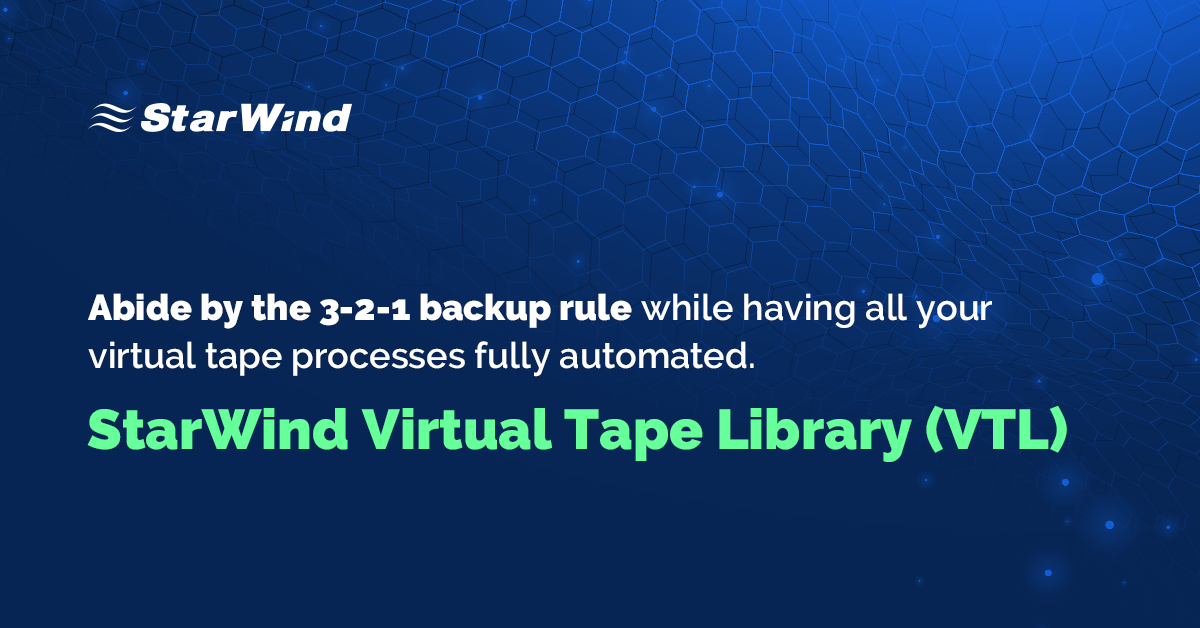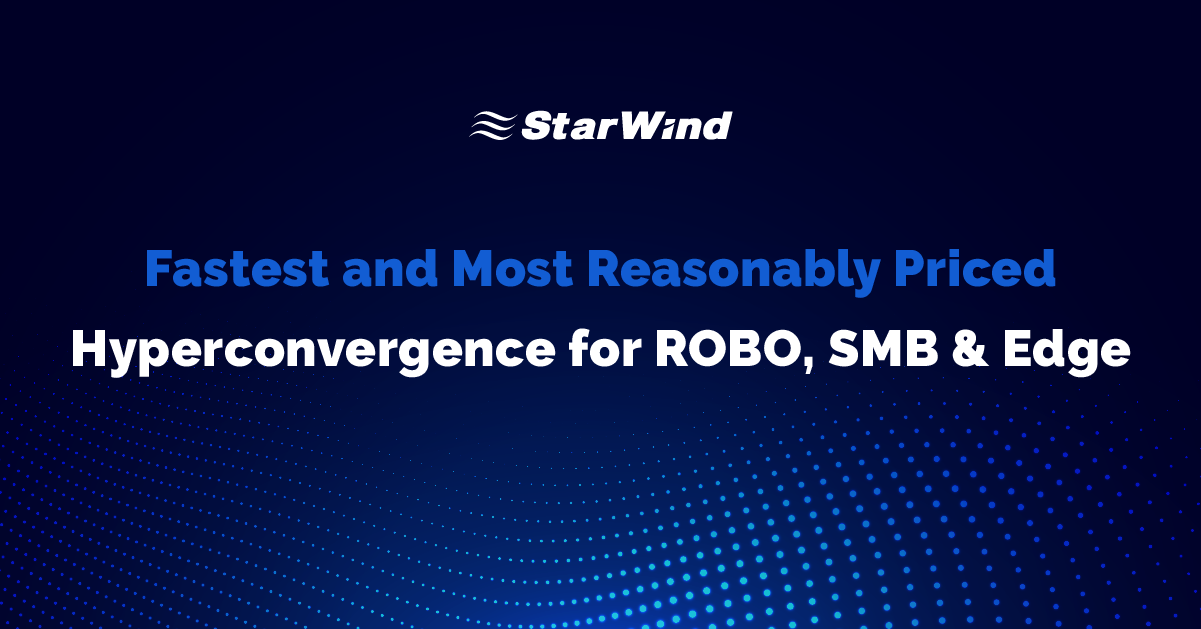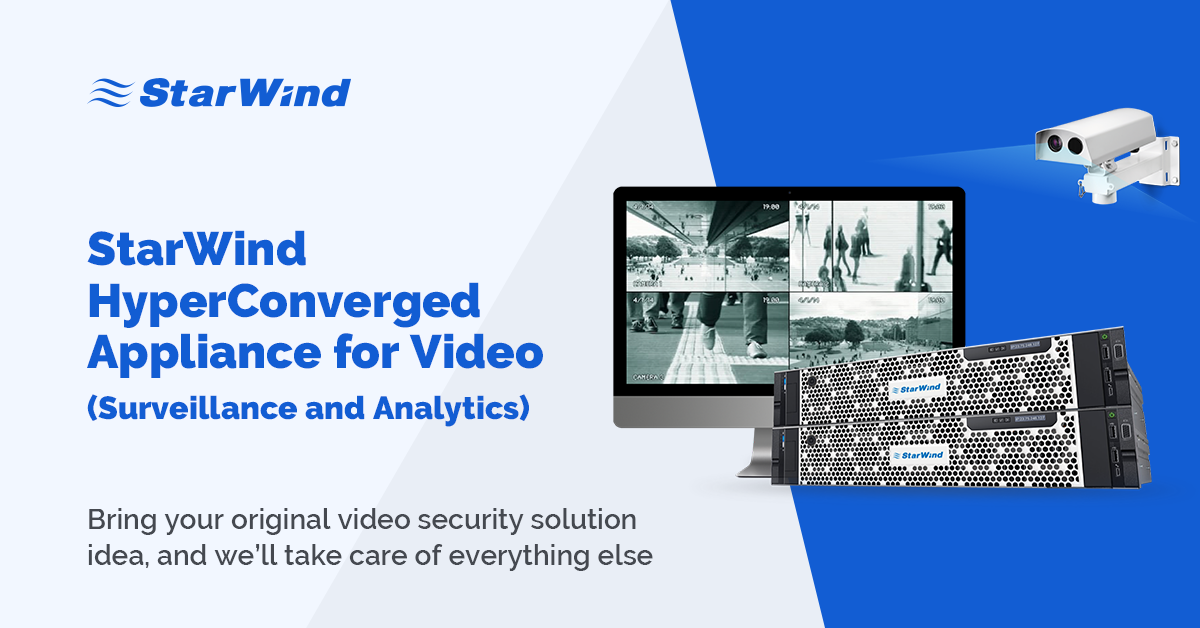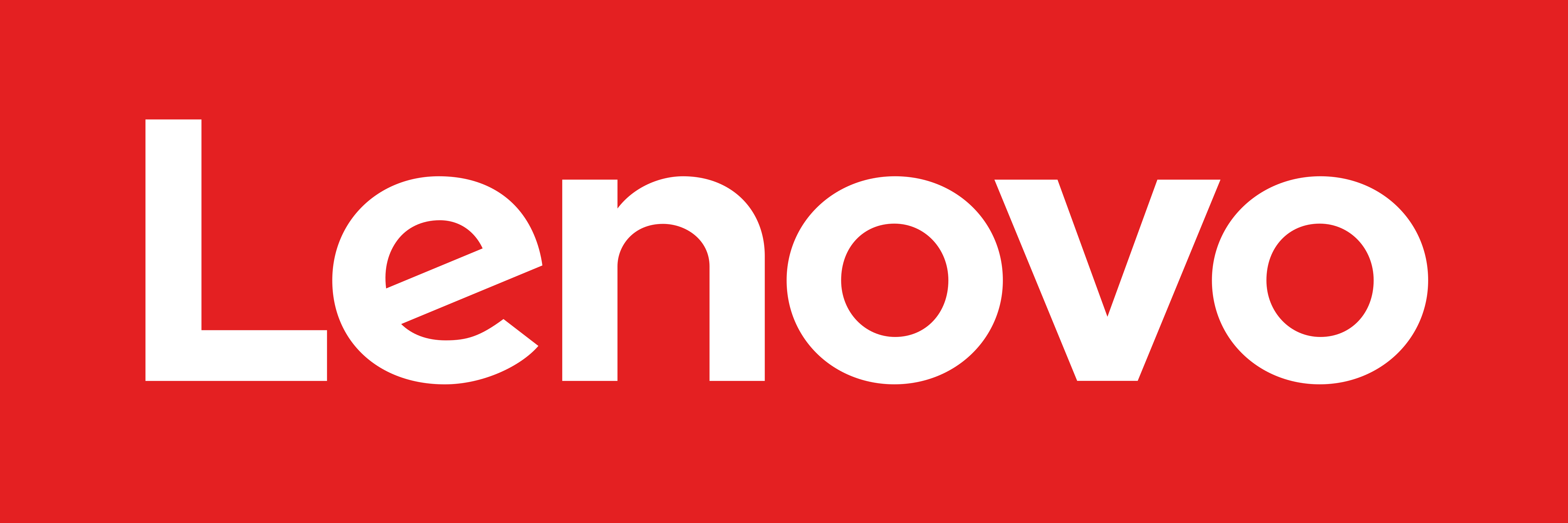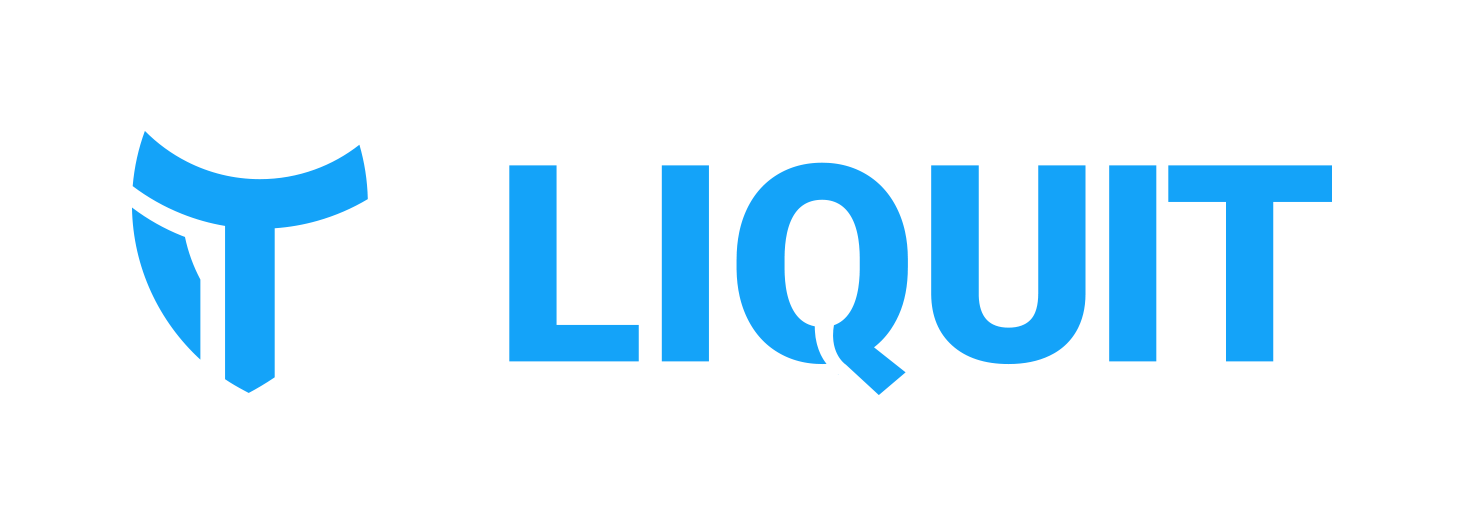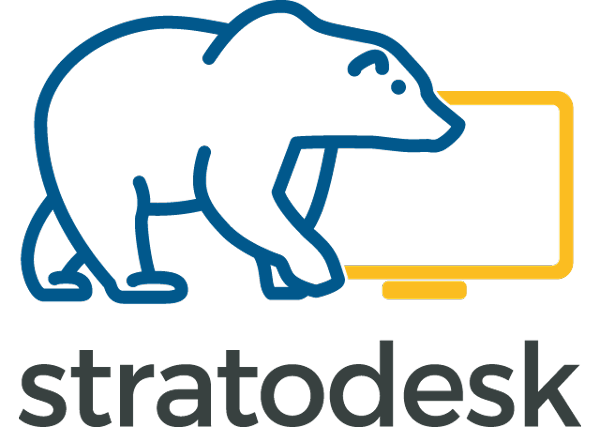VMblog: Let's begin by looking at how the shift to remote work has affected people, connectivity, infrastructure, and security?
Paul Vallée: There are major security issues with the increase in individuals working from home. Working from home leaves employees vulnerable to cyber predators attacking individuals with weak passwords, allowing them to access sensitive corporate information. Employees are vulnerable to phishing attacks and susceptible to social engineering, which can unknowingly jeopardize corporate data and put their company and other connections at risk.
When it comes to trust, people tend to rely on contextual clues of trust when facilitating business activity, like recognizing a colleague, noticing their work badge, seeing them call from an internal extension. Working from home deprives your team of most of these contextual signs of legitimacy and exposes them to social engineering attacks.
There are also logistical issues, which can threaten security. When an employee leaves a company, they still have sensitive enterprise data in their possession, and automatically deprovisioning access to that data is hard, if not impossible. This problem is compounded by the fact that it can be logistically difficult and painful to collect, inventory and repurpose their equipment. This pain is further amplified many times over when people are terminated against their will.
Sometimes you don't know what the vulnerabilities are until they're exposed by an attack.
For many companies, who are just now adapting to remote work situations, all of these infrastructure, security, trust and connectivity challenges have been brought to the forefront.
VMblog: What should companies be doing today to help their employees work more productively from anywhere?
Vallée: There are a few things companies can be doing to empower remote workers to become more productive:
Make More Work Asynchronous. We're still in a world that favors synchronous work. It's time to flip the script, and to make asynchronous work the desirable default. This gives people the time and space to do their best work while still being able to go to the gym or pick up their kids from school. But don't worry - synchronous work still has its place, as you'll see in the next point.
Reserve Synchronous Work for When it Really Matters. Choose synchronous work when you need to maximize the social impact of your leadership. When your organization is at a pivotal moment, or when decisions are difficult and painful, that's the time to bring people together synchronously. Working synchronously at those moments enables you to offer personal support when it's needed most.
Compensate for the Shortcomings of Remote Work. In the old world of remote work, WFH was regarded as a luxury. If a remote worker missed some important communication, well, catching up with the tour was their problem. That unspoken us-versus-them culture has to end. Communication must ramp up across the board to close the gaps that are inevitable in remote work. Going forward, it's working at the office that will be the perk, with remote work/work-from-anywhere becoming the standard.
VMblog: What can companies do to make sure they are retaining the best talent and helping their employees stay focused, committed, and happy in remote work and work-from-anywhere environments?
Vallée: If the pandemic has taught us anything, it definitely includes the fact that we must be fluid as we imagine the hybrid workforce of the future, the workplace it will occupy. Clearly, with new strains emerging, we must be prepared to reduce our total social contact on the drop of a dime, and this includes being extremely agile as to the exact location of our workforce, will they be in the office, will they at home, even on the move, and how fast can we react to mandates to change.
Clearly, that means that we must maintain our digital-first approach to our workplace, even as we tentatively reoccupy our office space.
Therefore, companies should not allow the physical workplace to regain its status as the primary workplace. The efforts and investments made since 2020 in creating a digital workplace cannot be wasted. Instead, have the digital workplace be your primary workplace, and let your office be simply one more physical location your employees can reside while attending their digital workplace.
Next, When people do begin to return to the office, don't fall into the bad habit of managing by attendance. New hires want to be managed by objectives and feel like their creative output is valued above all.
Here are just a few of the things I recommend as a framework for creating a standard by which enterprises can achieve great outcomes from remote work:
1. Manage Objectives, Not Attendance. As people gradually make their way back to offices, there's a risk we'll see the return of old-school practices like "Managing By Walking Around". Don't let it happen. Rather than worrying about whether people are at their desks, look at what they're creating. Focus on OKRs (Objectives and Key Results). You can learn more about this approach in John Doerr's instant classic, Measure What Matters.
2. Learn to Trust. In the past year, leaders have had no choice but to trust completely in their people. Once your workforce is split between in-person and WFH, that blanket trust is in danger of disappearing. If you harbor suspicions about the dedication of your remote workers, they'll soon pick up on their second-class status, and your hybrid culture will be doomed to fail. Instead, consider the success stories of the past year. To take just one example, think about how working from home has unleashed the potential of the introverts on your team. For the first time ever, they've been free to work in the way they find most natural and comfortable. The hybrid work model can offer more happy surprises like that - if you let it.
3. Over Communicate Everywhere. In-person work comes with countless non-verbal cues that support whatever message you're delivering to your people. Those cues are missing in the hybrid workspace, and there will be gaps in communication as a result. It's important to fill those gaps with communication on every channel, be it email, video calls, Slack or anything else. In hybrid work, there's no such thing as redundant messaging. And in hybrid work, clear and precise writing is more important than ever.
4. Be Transparent and Open. Cautiously guarding your ideas doesn't work in the hybrid world. Trust depends on complete transparency, but it's about more than trust alone: If someone in another time zone is picking up your project after you've gone to bed, that person needs to understand exactly what you had in mind. Never force a colleague to guess.
5. Make Omnidirectional Feedback the Norm. We're all familiar with feedback that comes from the top down. But, logically, you'll have a lot more ideas to consider if you encourage them from the bottom up or among peers. For the same reason, feedback should be invited constantly, and not just once a year during someone's performance review. Think about it: If a gymnastics coach commented on your child's performance just once a year, I'm pretty sure you'd be looking for a new coach. Why settle for less in business? You don't have to accept every piece of feedback you hear. But doing business without it is like running with scissors - while blindfolded.
6. Normalize the Most Direct Peer-to-Peer (P2P) Communication. The standard org chart puts an end to meaningful communication. If I have a concern, I have to hope that my boss will successfully plead my case to the relevant person at the same level. That pre-digital etiquette adds unnecessary time and frustration to the effort. Ignore the org chart. Give people the freedom to communicate via the shortest route possible. Once again, you don't have to agree with the concern. But you do have to allow for its expression.
VMblog: What areas are challenging for businesses when it comes to facilitating remote work and work-from-anywhere?
Vallée: Human Resources is one of the biggest challenges for companies right now. Organizations still need access to global talent. In a world forever changed by COVID-19, many companies must enable their employees to work from home. The current solutions in the market like VPN, DaaS, and VDI, that are used to grant remote workers access to mission-critical and data-sensitive systems, or shipping managed laptops are costly, slow, and time-consuming. They require professional services and lots of billable time to set up, and they expose security vulnerabilities because of the complexity of piece parts cobbled together.
Another area is corporate culture. When you onboard a remote team, corporate culture becomes a challenge. You must create cohesiveness without the help of catered lunches, stand-up meetings, on-site events, drinks after work, and so on. Office politics can also become toxic in fully remote teams as the pressures and personalities remain, while social cohesion and friendship is harder to achieve.
VMblog: Tell us more about Tehama and what it is that your company does specifically.
Vallée: Tehama is the fastest, easiest, most secure way to deploy a virtual workforce. With our virtual office platform, enterprises can create cloud-based virtual offices, rooms, and desktops anywhere in the world. No other solution on the market today connects remote workers with mission-critical and data-sensitive systems, with the speed, agility, and unparalleled security that Tehama offers.
VMblog: How does your solution enable a shift to remote work? And where do your solutions fit within the grand scheme of things?
Vallée: You can think of Tehama as a "Virtual Office as a Service." A good analogy for this is the carrier model, think of your phone service provider, or package delivery service like Fedex. In both of these cases, you don't have to build from scratch - installing your own infrastructure to support delivery. Instead, you select the service based on the standard of care (SLAs) they provide - one that has been validated by their customer base. Not only is there less risk for you, you have someone to point to in the event of a service delivery issue.
Tehama is setting the standard as a "carrier" for work, through its cloud-based platform that provisions secure virtual rooms and desktops, enabling enterprises to quickly onboard, scale, manage, and audit a global workforce. With Tehama, large enterprises can mobilize a large remote workforce in one day, with a robust security and compliance posture.
VMblog: Why is it important for businesses to adopt technology solutions like those offered by Tehama to support remote work and work-from-anywhere?
Vallée: Prior to COVID-19, remote work was already on a significant growth trajectory, meaning the adoption of technologies to facilitate remote and hybrid work scenarios was moving at a fast pace within businesses of all sizes. As the pandemic took hold, enterprises that defaulted to leveraging corporate-owned laptops and antiquated Virtual Private Networks (VPNs) struggled to manage, deploy and secure their newly remote workforce.
What many didn't realize, and may still not fully understand is that Desktop-as-a-Service (DaaS) is capable of completely virtualizing the management of physical endpoint assets (i.e. laptops, desktop computers and mobile devices). With DaaS, data and applications live securely in the cloud, and the company's network is only displayed locally on the worker's endpoint device. To be successful adapting quickly to promote remote connectivity and collaboration between workers, employers will need to pivot to solutions like DaaS.
VMblog: What specific problems in the world of remote work and work-from-anywhere are being solved by your solutions?
Vallée: When it comes to remote work and work-from-anywhere some of the problems businesses face include:
- Creating a technical environment that allows secure sharing of enterprise data with remote workers, especially when remote work must happen urgently (like what we saw happen at the outset of the COVID pandemic, or now as we attempt to scale up secure contact tracing capacity).
- Facilitating secure work-from-home environments that protect corporate, mission-critical and data-sensitive apps and systems, and prevent potential IP loss and data breaches.
Tehama's comprehensive DaaS platform solves these problems by:
- Seamlessly enabling hybrid and remote work scenarios for enterprises with geographically dispersed workforces;
- Supporting enterprises in providing contractors and third-party service providers with secure access to corporate assets and resources;
- Replaces unsecured VPN connectivity with a secure solution built for a distributed workforce;
- Eliminates the need to ship corporate hardware including desktops or laptops to remote workers; and,
- Ensuring business continuity and promotes agility for global workforces.
It is also important to note that risk management is a key component of any organization's tech planning. Yet, many companies underestimate the risks of setting up remote desktop infrastructures. For example, if they could deliver these solutions via Fedex, they would be protected by SLAs. Instead, businesses must build their own solutions and assume all the delivery risk. With Tehama's DaaS platform they don't have to. As the Fedex of remote desktop delivery, it mitigates risk through privileged access management, ZTNA, workflow automation, auditing, compliance and more.
VMblog: How are you different from your competitors? Why would someone prefer your offerings to those provided by others in the industry?
Vallée: Tehama is the only company that offers a complete solution. It's competitors have some of the components needed to support remote work, but they have to team with other providers to offer a complete solution. Tehama's pure-play DaaS offering brings today's enterprises everything they need to securely and efficiently enable a remote workforce.
VMblog: What does the future of work look like? Will we go back to the office? Will remote work expand? Will we see a hybrid?
Vallée: Remote work is here to stay. According to a recent survey by IDC, the pandemic drove an increase in remote work of nearly 1,200%. No surprise there. But what will happen next year, and the year after that? That same survey suggests that working from home will be reduced by only 35%. That gap points to a huge population of workers who plan to stay remote, and it tells us there will be no going back to the old way of working. But, to create the successful workplace of the future, we must invent the new "new normal," one that supports our people fully in both their work and their personal lives. Yes, some people will return to the office. But the leading enterprises of the future will actually be digital by default. And their success or failure will be up to us.
To read more about how Tehama is the fastest, easiest, most secure way to deploy a virtual workforce, click here.
